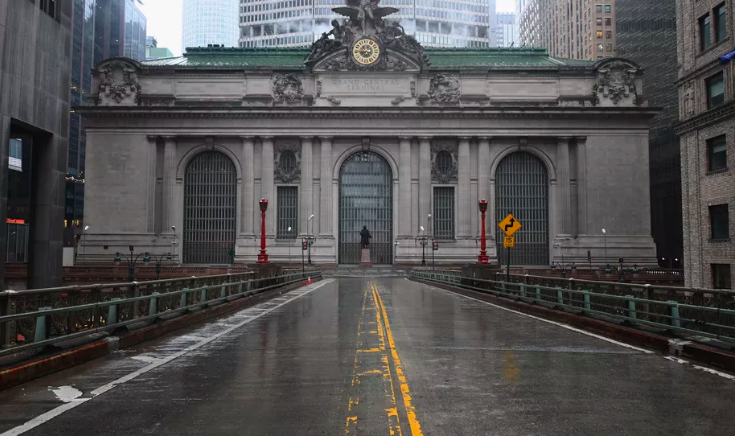You are locked in, with very limited movement. You aren’t that free to move about to your heart’s contentment. Devastating it is to put on the news. Wherever you see, markets are falling, people are feeling depressed, the world is shut. Though, only one thing seems to be rising: the death toll thanks to the miserly unfurled by the very toxic and ghastly Coronavirus outbreak. Such a thing wasn’t even expected, right? Who would have, for instance, thought that this brand new year would bring about such emotional and physical decay on the planet?
Someone random soul in some remote part of the world thousands of miles away from the beating heart of Europe decides to eat something ridiculous, totally unimaginable in an everyday food and water concept. And guess what? Italy witnesses the most casualties the world has come to see, alongside Iran, with much of the world finding itself suspended thanks to a contagion that not everyone in the world can even pronounce correctly, let alone master the error-free way of spelling.
And that’s why, and this doesn’t increase your grey cells honestly, much of the world has come to observe social distancing. That’s the order of the day. Enter Corona and exit mass movement. Hence, social distancing.
This is the truth today. What is one to do with the businesses are in a state of a shutdown, the airlines are out of business, where nothing besides essential food supplies and rations, including medical health seems to be the only thing in an operational mode?
But could anyone have thought that the automobile space can in a way contribute to the much-needed observance of social distancing? And if so, how?
Just how does that come to be? To open this discussion further, can cars and the very way in which we drive fuel spreading of a positive contagion the world needs? An interesting and dominant course of commentary that some digital platforms that are concerned with reporting about culture and global developments seem to nod in approval.
Yes, there is a way through which the idea of social distancing can be upheld using just the way in which one goes about driving and venturing out.

But up first, some existential realities that are true for most nations that find themselves living in a bunker-like state:
Thanks to the lockdown, the demand for car or ride-sharing facilities has started to fizzle out.
The public transportation facilities are anyways affected and badly so, in most developed and developing parts of the world.
In these situations, here’s what possibly reads like a novel idea to reorient the way the public roads and thus, infrastructure has been used until now.
The Coronavirus outbreak basically presents much of our world with an unprecedented opportunity to give a large chunk of the road to cyclists and pedestrians, opening the idea that the roads can be claimed by those who insofar, haven’t got a great chunk of it anyway.
But that said, here’s the big catch.
It’s being debated whether some select parts of the roads and streets can be altered to be used in a way that promotes social distancing? So how does one achieve that?
Well, it’s simple. Some parts of the roads and certain sections can be closed for the times we are in, which primarily means that only a certain section is made available for limited movement.
And the briefer those instances and chunks of roads are, the more the prevalence of the concept of social isolation. Einstein!!
In lines with the aforementioned, The Verge was of the following view and it’s one heck of an idea:
People are pouring into parks to get exercise and get some fresh air, making it more difficult for cities to control large gatherings and adhere to social distancing. Why not let them walk in the street?
That being said, the only thing that now needs to be noted is whether governments and administrative bodies can work closely to recalibrate this course of action. If there’s a will, then one will find the right ‘way’ of commuting.


